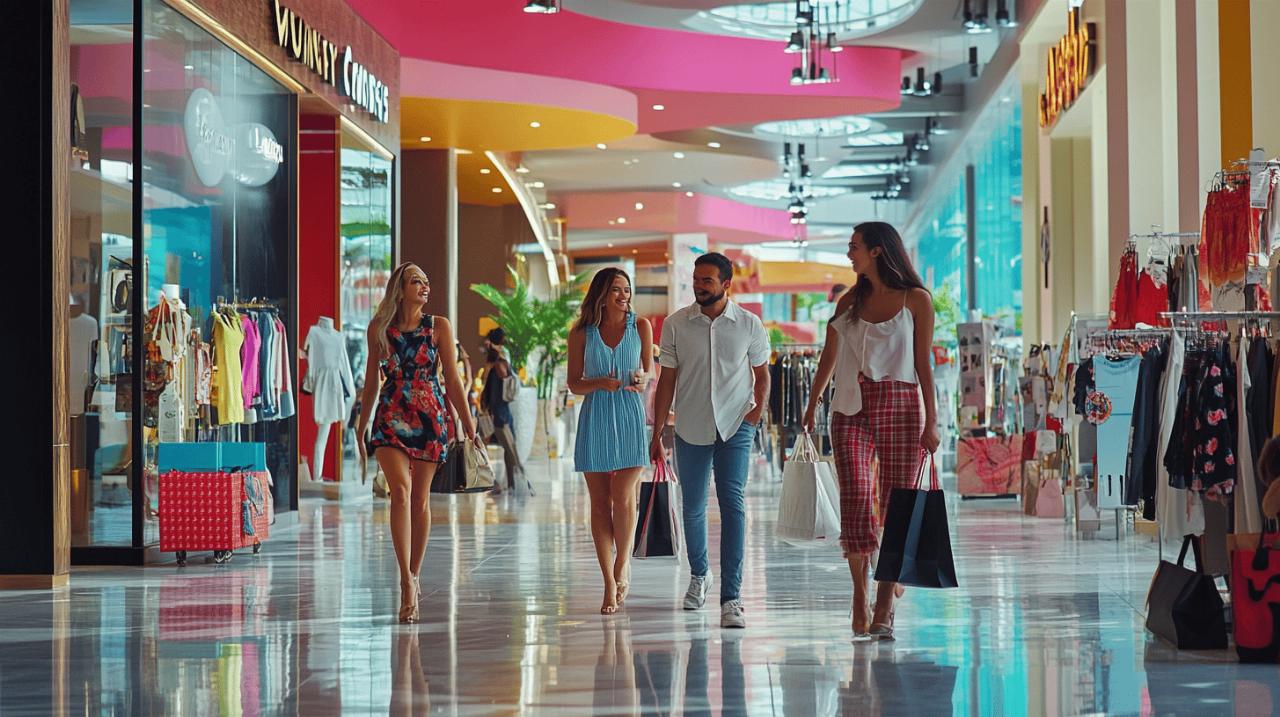
The fashion industry is rapidly transforming as we head towards 2025, with new technologies, consumer values, and retail strategies reshaping how we shop for quality apparel and accessories. This evolution presents exciting opportunities for consumers seeking premium fashion items while reflecting broader societal shifts towards sustainability and digital innovation. Let's explore the latest trends defining the current fashion retail landscape.
Current consumer purchasing patterns
Today's fashion consumers are increasingly sophisticated in their buying decisions, moving beyond impulse purchases to more deliberate choices. The Effepi blog has identified significant shifts in consumer behaviour that are revolutionising retail strategies across the fashion sector. Research indicates that 73% of shoppers now consider both price and quality as primary factors when selecting clothing brands, demonstrating a more thoughtful approach to fashion consumption.
Shift towards investment pieces
A notable trend emerging in the fashion marketplace is the growing preference for investment pieces over disposable fast fashion. While the fast fashion market continues to expand—growing from approximately £123 billion in 2023 to £142 billion in 2024—there's a countervailing movement towards what industry insiders call 'quiet luxury'. This approach emphasises understated design, premium materials, and longevity rather than fleeting trends. The criticism of fast fashion's environmental impact has contributed to this shift, with reports suggesting consumers may discard inexpensive items after just seven uses.
This evolution reflects deeper changes in consumer values, particularly among younger demographics. Studies show that 44% of Millennial and Gen Z shoppers consider environmental impact important when making fashion purchases. These conscious consumers are willing to invest more in higher-quality items that will remain in their wardrobes for years rather than weeks.
Digital shopping experience evolution
The digital transformation of fashion retail has accelerated dramatically, creating entirely new shopping paradigms. Virtual try-on technology is revolutionising online shopping, with data showing it can boost sales by up to 30% while reducing return rates by 20%. This technological advancement addresses one of the primary barriers to online fashion purchases—uncertainty about fit and appearance.
Social commerce represents another powerful shift in digital fashion retail. In the United States alone, social commerce sales are projected to reach £56 billion within two years, while global figures could approach £600 billion by 2027. This growth is supported by the fact that 85% of online consumers act on product discoveries within 24 hours, making social platforms increasingly vital touchpoints for fashion brands.
Personalisation has become essential in the digital shopping journey, with 80% of consumers now expecting tailored retail experiences. More significantly, shoppers are 56% more likely to return to brands that offer customised interactions. This demand for personalisation is driving substantial investments in AI-powered recommendation systems, with artificial intelligence projected to add £275 billion in profits to the fashion industry by 2026.
Premium apparel and accessories market
The luxury and premium segments of the fashion market are undergoing profound transformation, adapting to new consumer priorities while maintaining their commitment to exceptional quality. These changes are reshaping what 'premium' means in fashion retail, with implications across the industry.
Sustainable luxury gaining momentum
Sustainability has moved from a niche concern to a central focus in premium fashion. The ethical fashion market is projected to reach approximately £12 billion by 2028, growing at an annual rate of 8.1%. This growth reflects increasing consumer awareness of fashion's environmental footprint, including the staggering 92 million tonnes of textile waste produced annually, with 87% ultimately ending up in landfills.
Digital design technologies are playing a crucial role in sustainable luxury, potentially reducing material waste by up to 70% and cutting carbon emissions from sampling by 30%. These innovations allow designers to create and test concepts virtually before committing to physical production, significantly reducing the environmental impact of product development.
The concept of circular fashion is gaining particular traction in the premium market. Initiatives like Selfridges' 'The Stock Market', where customers can sell items for store credit, demonstrate how luxury retailers are embracing circularity. The global fashion resale market is predicted to grow by 127% by 2026, indicating strong consumer interest in pre-owned premium items.
Craftsmanship appreciation among buyers
Contemporary premium fashion consumers are displaying renewed appreciation for craftsmanship and heritage production techniques. This shift is part of a broader movement towards understanding the stories behind products, including their origins, materials, and the skilled labour involved in their creation.
Emerging technologies like blockchain are enabling unprecedented transparency in communicating craftsmanship credentials. Product passports using blockchain and QR codes allow consumers to trace an item's journey from raw materials to finished product, verifying authentic craftsmanship and ethical production practices. This transparency is becoming increasingly important as 75% of young consumers report they might boycott brands they consider discriminatory or unethical.
The retail experience itself is evolving to highlight craftsmanship. Forward-thinking fashion retailers are focusing on creating memorable in-store experiences that educate consumers about production techniques and material quality. This approach is particularly important for reaching Gen Z consumers, who make up 40% of global consumers and account for £150 billion in spending in the United States alone, yet only 47% rate their retail experiences positively compared to 60% of shoppers overall.
As we move towards 2025, the fashion landscape continues to evolve with technology and sustainability at the forefront. Consumers increasingly demand transparency, quality, and ethical practices from fashion brands, while embracing new shopping modalities like augmented reality and voice commerce. These trends suggest a future where fashion consumption becomes more conscious, personalised, and technologically enhanced, creating exciting opportunities for both retailers and discerning fashion enthusiasts.



